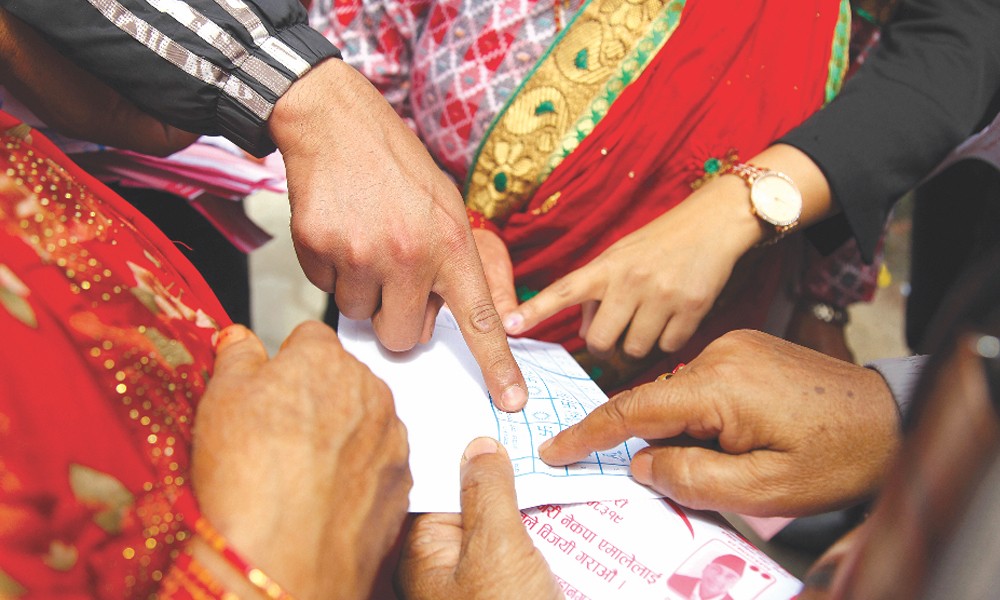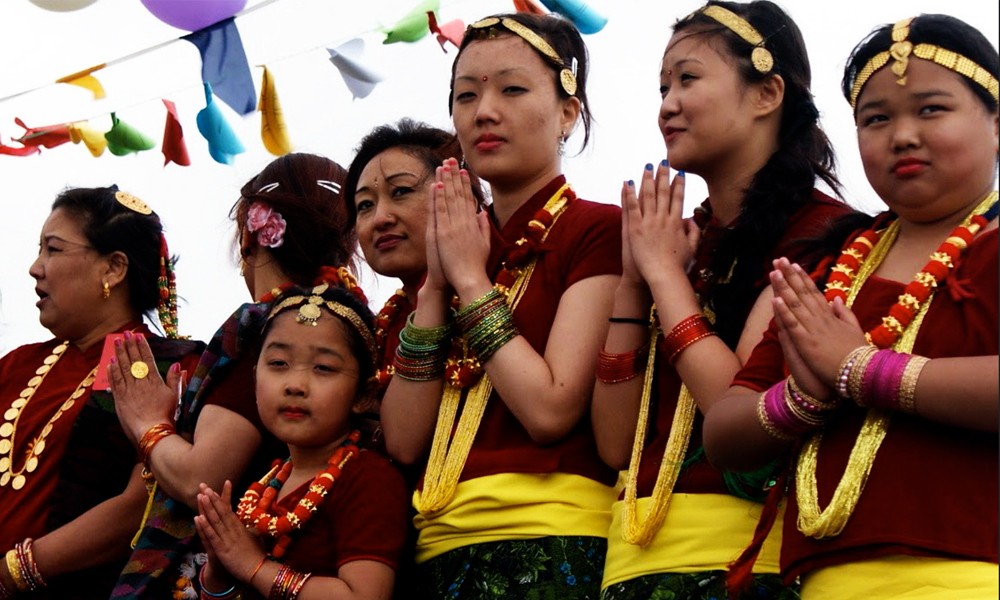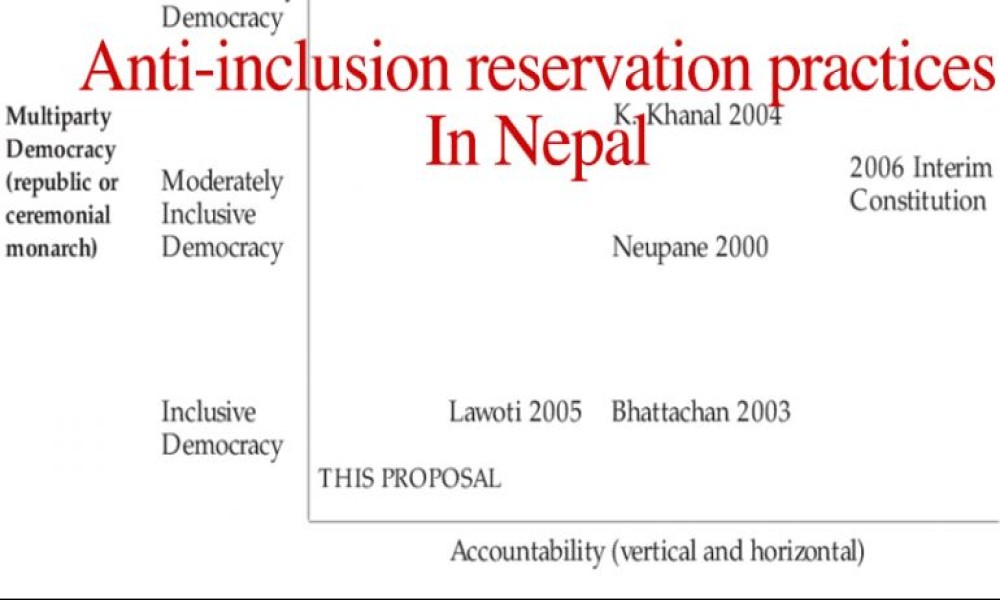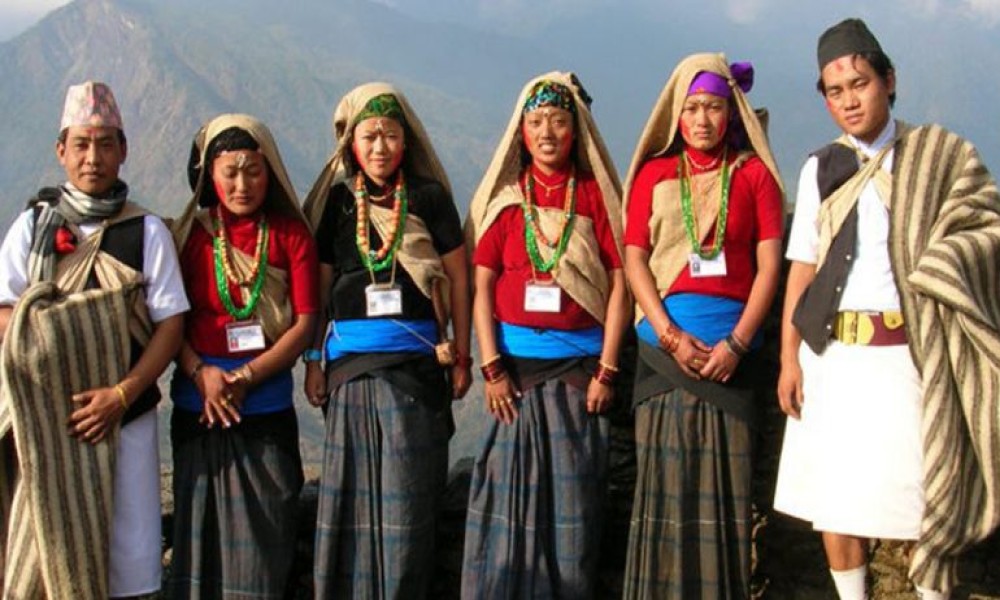Indigenous Limbu and Tharu peoples' representation in the newly elected municipalities and rural municipalities (2022-2027) -- which function as local governments in Nepal's current federal structure -- is higher than their shares in the national population, according to the findings shared by a group of researchers at a recent program.
These two Indigenous Peoples (IPs) had more than a fair share of their representation in the previous municipalities and rural municipalities (2017-2022) as well. The indigenous Rai community has also had an almost proportional representation in the previous and current local governments. Newar's representation was bigger than their population share in the previous local governments, but this time they have a slightly lower representation. Magar had low representation in the previous municipalities and rural municipalities, and this trend continues even after the recent local body polls.
These findings have raised two important questions. First, why some Indigenous Poeples have high representation in local governments while others have lower representation? Second, do those people who belong to Indigenous Peoples really care for their communities' socio-political aspirations? Do they really serve to address the agendas of indigenous communities?
Indigenous Limbu and Tharu peoples' representation in the newly elected municipalities and rural municipalities (2022-2027) -- which function as local governments in Nepal's current federal structure -- is higher than their shares in the national population, according to the findings shared by a group of researchers at a recent program.
Here, I will deal with the first question. Tharu and Limbu are politically mobilized Indigenous Peoples. Limbu have a long history of resisting the State's attempt to rob them of their control over their land, which was granted to them through what is referred to as 'Kipat' tradition. On countless occasions, their delegation teams have visited Kathmandu to warn the government against encroaching upon their 'Kipat' land.
Because of this history, Limbu people are convinced that they can fight the State. They know that their ancestors have fought against the State, and they must continue to battle for their political rights. As a result of this notion of we-feeling, Limbu people are more organized.
Furthermore, Limbu people are in possession of political mobilization mechanisms. 'Chumlung', a conference, is an example of such mechanism. They have been organizing 'Chumlung' to deliberate on the issues pertaining to their social, political and cultural issues, which makes it easier for Limbu to organize and mobilize themselves for a shared cause. But Indigenous Peoples lacking such mechanisms of collective mobilization cannot organize themselves, which minimizes their chance of securing a fair deal in political processes.
Whether an ethnic community has a territorial concentration is also critical to understanding how easily they can win the battle for proportional representation. Compared to other Indigenous Peoples, Limbu and Tharu have more intense territorial concentration. Limbu people's territorial concentration is in eastern Nepal. They are found rarely in other parts of the country. Similarly, Tharu's territorial concentration is in Terai, the southern plains region of the country. They have an even more intense geographic concentration. For example, in most places, they densely populate certain municipalities/rural municipalities or rural municipalities. Such particular territorial concentration has positive impact for election outcomes for Tharu people.
Unlike Limbu and Tharu, Magar people do not have territorial concentration. As they have migrated eastward from their ancestral territory of Magarat, they have assimilated with mixed ethnic communities across Newar villages, Tamang villages, Rai villages and Limbu villages. It probably explains why Magar people's representation in local governments has not been in proportion to their population share.
Prior to the demarcation of the new 753 local levels (municipalities and rural municipalities), many Village Development Committees (VDCs) were densely populated by indigenous Magar and Gurung communities. So, they could easily elect someone from among themselves. Now these VDCs have been inserted into much larger municipalities or rural municipalities, where Indigenous Peoples find it difficult to find representatives belonging to their own communities.
Gerrymandering of the territories of local governments has also prevented many Indigenous Peoples from having a fair share in municipalities and rural municipalities. Prior to the demarcation of the new 753 local levels (municipalities and rural municipalities), many Village Development Committees (VDCs) were densely populated by indigenous Magar and Gurung communities. So, they could easily elect someone from among themselves. Now these VDCs have been inserted into much larger municipalities or rural municipalities, where Indigenous Peoples find it difficult to find representatives belonging to their own communities. If political parties had not gerrymandered these territories, Magar people would probably have Magar mayors in the VDCs where they outnumber other ethnic communities.
Nepal's demographic distribution favors the ruling Khas-Arya people in the new municipalities and rural municipalities, which have been created by merging 5-6 former VDCs. While it is likely to find Khas-Arya people across all former VDCs, it is highly unlikely to find the same indigenous community across all these VDCs. As a result of the merger of multiple former VDCs, Khas-Arya people have found themselves in a majority in more municipalities and rural municipalities. As a result, they have naturally got more seats in the new local governments.
This is the first-part translation of an article by Prof. Dr. Mahendra Lawati, which was originally published in www.himalkhabar.com










